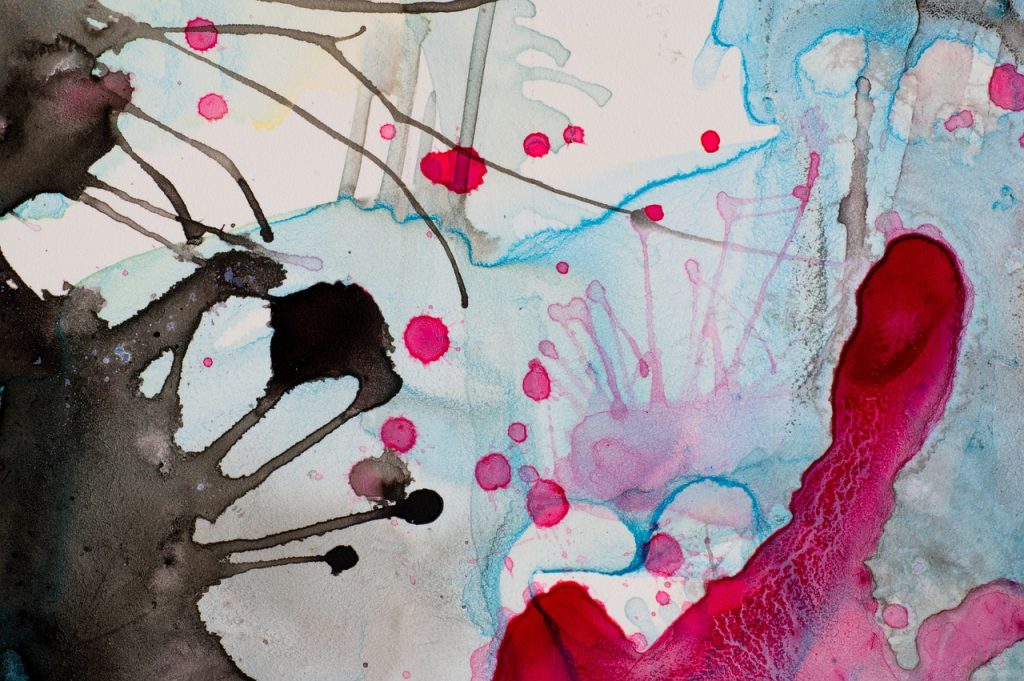Table of Contents
The Ultimate Guide to Choosing the Right Paint for Your Artwork
When it comes to painting, selecting the right type of paint is crucial for achieving the desired effects and longevity of your artwork. Whether you’re a beginner or an experienced artist, understanding the unique properties of different paints can help you make informed decisions for your next masterpiece. In this guide, we’ll explore the most popular types of paints—oil, acrylic, watercolor, pastel, and tempera—and discuss the kinds of paintings each is best suited for.

1. Oil Paints: Rich Textures and Vibrant Colors
Best For: Realism, Portraits, Landscapes, Still Life
Oil paints have been a favorite of artists for centuries due to their rich texture, vibrant colors, and the ability to create depth through layering. These paints are made from pigments mixed with oil, typically linseed oil, which allows for a slow drying time. This characteristic makes oil paints ideal for techniques that require blending and detailed work, such as realism and portrait painting.
Advantages:
- Slow Drying Time: Allows for extended blending and reworking.
- Versatile: Can be applied in thick, textured layers or thin, smooth glazes.
- Durability: Oil paintings can last for centuries with proper care.
Considerations:
- Long Drying Time: Can take days to weeks to dry completely.
- Requires Solvents: Cleaning brushes and thinning paint often require turpentine or mineral spirits.
2. Acrylic Paints: Versatile and Fast-Drying
Best For: Abstract Art, Mixed Media, Modern Art
Acrylic paints are known for their versatility and fast drying time. Made from pigment suspended in an acrylic polymer emulsion, these paints can be used on a variety of surfaces, including canvas, wood, and paper. Acrylics can mimic the effects of both oil and watercolor paints, making them suitable for a wide range of styles and techniques.
Advantages:
- Fast Drying: Ideal for artists who work quickly or want to layer paint without waiting long periods.
- Water-Soluble: Easy to clean up with water before drying.
- Adaptable: Can be thinned with water for a watercolor effect or used straight from the tube for a thicker, oil-like finish.
Considerations:
- Fast Drying: Less time for blending and reworking compared to oil paints.
- Color Shift: Colors can darken slightly as they dry.
3. Watercolor Paints: Delicate and Luminous
Best For: Landscapes, Floral Paintings, Illustration
Watercolor paints are made from pigments suspended in a water-soluble binder, typically gum arabic. They are known for their transparency and the ability to create soft, luminous washes of color. Watercolors are best suited for painting subjects that benefit from a delicate touch, such as landscapes, flowers, and detailed illustrations.
Advantages:
- Transparency: Allows for light to pass through the layers of paint, creating a luminous effect.
- Fluidity: Can be used for both controlled detail work and loose, flowing washes.
- Portability: Watercolors are easy to transport and require minimal setup.
Considerations:
- Less Forgiving: Mistakes can be difficult to correct, as watercolors can be challenging to cover once applied.
- Paper Quality: Requires high-quality watercolor paper to prevent warping and ensure proper absorption.
4. Pastel Paints: Soft and Expressive
Best For: Portraits, Landscapes, Impressionism
Pastels are available in soft, hard, and oil forms, each offering unique qualities. Soft pastels are most commonly used and are prized for their vibrant colors and ease of blending. Pastels are applied directly to paper and can create a range of effects from sharp, defined lines to soft, smudged areas, making them ideal for expressive portraits and impressionistic landscapes.
Advantages:
- Direct Application: No brushes or palettes needed; the paint is applied directly to the surface.
- Blendability: Colors can be easily blended on the surface for smooth transitions.
- Textural Variety: Can achieve both sharp lines and soft, diffuse areas.
Considerations:
- Fragility: Pastel paintings are prone to smudging and require careful handling.
- Framing: Must be framed under glass to protect the surface from damage.
5. Tempera Paints: Historical and Durable
Best For: Icon Painting, Frescoes, Detailed Work
Tempera paint, also known as egg tempera, is one of the oldest types of paint, used by artists since ancient times. Made from pigments mixed with a water-soluble binder such as egg yolk, tempera dries quickly to a matte finish and is known for its durability and fine detail work. It’s often used for icon paintings and frescoes.
Advantages:
- Fast Drying: Ideal for building up layers of paint quickly.
- Detail-Oriented: Allows for incredibly fine, precise work.
- Long-Lasting: Tempera paintings can remain vibrant for centuries.
Considerations:
- Matte Finish: Lacks the gloss and depth of oil paints.
- Limited Blendability: Dries too quickly for smooth blending over large areas.
Choosing the right paint for your artwork depends on your artistic goals, preferred techniques, and the specific effects you wish to achieve. Oil paints are best for rich, textured works that require blending, while acrylics offer versatility and quick drying times. Watercolors are perfect for delicate, luminous pieces, and pastels are ideal for expressive, soft compositions. Finally, tempera is a great choice for artists focusing on detailed, durable works with a matte finish.
By understanding the strengths and limitations of each type of paint, you can select the medium that best aligns with your artistic vision and create works that truly reflect your style and intent.


No responses yet